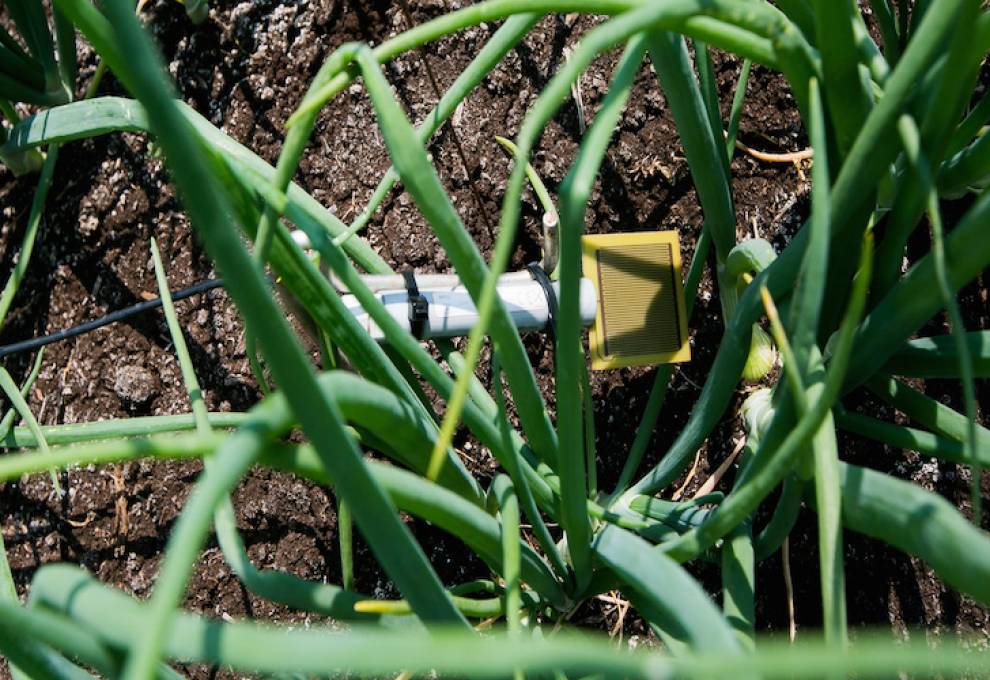
Despite the number of registered active ingredients and end use products climbing in Canada over the past decades, crop protection toolboxes seem to be shrinking for some crops. Re-evaluation decisions by the Pest Management Regulatory Agency (PMRA), resistance development among target pests, and the reliability of product efficacy all contribute to the realistic crop protection picture. The options list is truly short for some crops. For others, although options appear abundant – at least on paper – real world scenarios indicate otherwise.
We do have more registrations than ever before. As of March 31, 2019, the PMRA notes that there are 665 active ingredients in 7707 end use products registered in Canada. This is up from 550 total active ingredients registered in 2004. Not all of these active ingredients and end use products would have agricultural uses. However, agriculture still represents about three-quarters of all pest control product use in Canada by volume of active ingredient sold. Crop protection uses remain the primary market.
A big shift in the registration activity of crop protection products has been the increasing number of biopesticide registrations. Biopesticides include active ingredients that contain or are derived from microorganisms such as bacteria, fungi and viruses. The term also applies to signaling molecules such as insect pheromones, and other non-conventional active ingredients such as garlic and mineral or essential oils.
Of the roughly 200 or so biopesticide active ingredients currently registered in Canada, many of them have been more recent introductions. Activity reports from the PMRA indicate that more than 130 biopesticides were registered after 2000. The share of biopesticides as a portion of new active ingredient registrations is also rising. From 2010-2019, biopesticides represented 54 per cent of all new active ingredients – 59 new conventional versus 79 new biopesticide registrations. This is up from biopesticides representing 41 per cent of new active ingredients from 2000-2010.
Based on recent activity from the crop protection industry, this trend doesn’t appear to be slowing. The annual Food Use Workshop of the United States IR-4 program – the counterpart to the Minor Use Pesticides Program in Canada – acts a barometer to gauge development activity of new crop protection materials. Companies introducing new biopesticides comprised over half of the new product presentations again in 2019. Although registration requirements for biopesticides are more onerous in Canada than south of the border, you can roughly expect this ratio of biopesticide products to translate into new registrations here in Canada too.
Despite biopesticides now representing about 30 per cent of total active ingredients registered in Canada, their use is nowhere near 30 per cent of total crop protection applications. Protected agriculture, such as greenhouse vegetable production, is an exception where biopesticide active ingredients cover much of their crop protection needs. However, field-based edible horticulture has not been able to successfully adopt biopesticides to a large degree, except when required in the organic sector.
To be fair, conventional field growers are trying and incorporating more biopesticides in their crop protection programs than ever before. One limitation is that biopesticides generally have a suppression label as opposed to control with many conventional products. Field growers are beginning to see value in biopesticides as tools in resistance management, in situations where pest pressure may not warrant a conventional application, to facilitate worker activities with low restricted-entry intervals (REI), and to help with residue mitigation at harvest due to low pre-harvest intervals (PHI). There are certainly merits to incorporating biopesticides into conventional crop protection programs…where it makes the most sense. That is the million dollar question most field growers would like to understand.
Agriculture and Agri-Food Canada’s Pest Management Centre (AAFC-PMC) does coordinate some research activity into incorporating biopesticides with the Pesticide Risk Reduction Program (PRRP). Ongoing projects at the PRRP include work on onion maggot, cyclamen mite, carrot weevil, and Phytophthora management in horticulture crops. The need for such research work will only increase with greater availability of biopesticides compared to conventional products.
The U.S. IR-4 program has recognized the need to understand the fit of biopesticides in conventional crop protection programs and the value of user prioritization. A new category of research priority was created in 2018 called integrated solutions. The objective of integrated solutions is to explore conventional and biological crop protection tools in combination for pest management needs. It is a reflection of the increasing role that biological products are having both in conventional and non-conventional production systems. Management of the striped cucumber beetle and cabbage maggot are two such projects that have been selected under integrated solutions so far.
There is a need to mirror this user-driven process here in Canada with our Minor Use program. Similar to the existing program, growers should be responsible for choosing which crops and pests have priority for research work that integrates both conventional and biopesticide solutions. The needs should consider available tools that are registered for the crop. If research work demonstrates an effective strategy, growers are much more likely to attempt it on their own operations. What we are really talking about – integrating multiple strategies for pest and disease management in crops – is integrated pest management (IPM). With a shrinking effective conventional toolbox in many horticulture crops, a greater role for IPM strategies will be required than ever before.

Add new comment